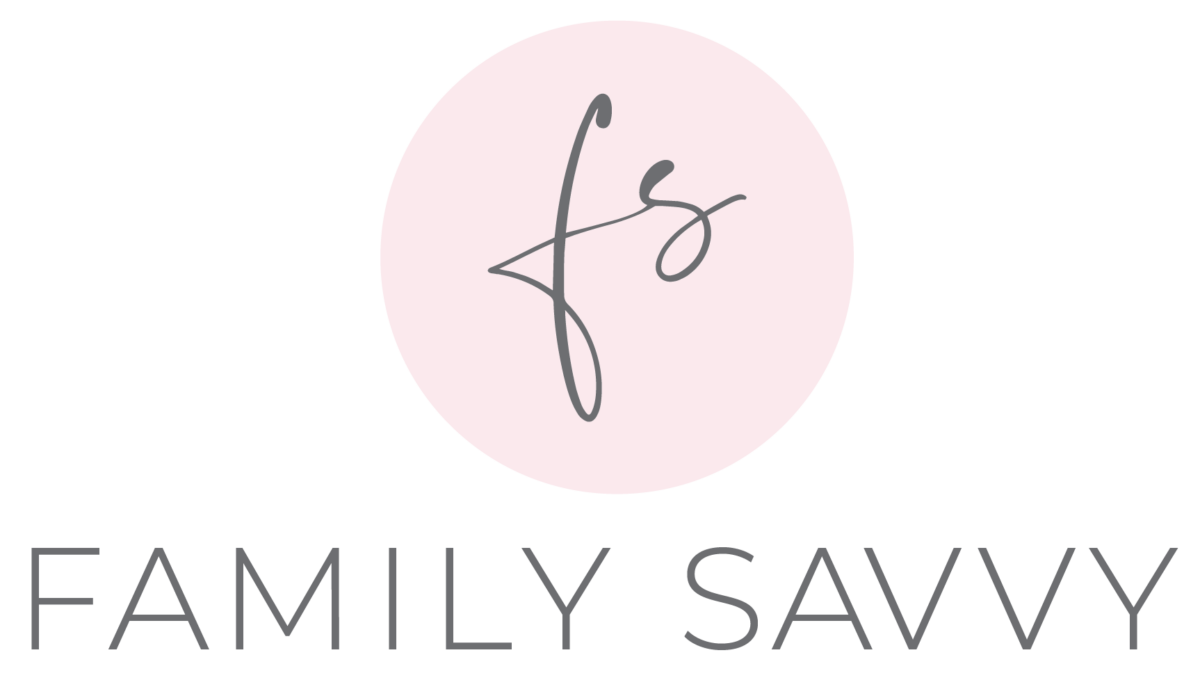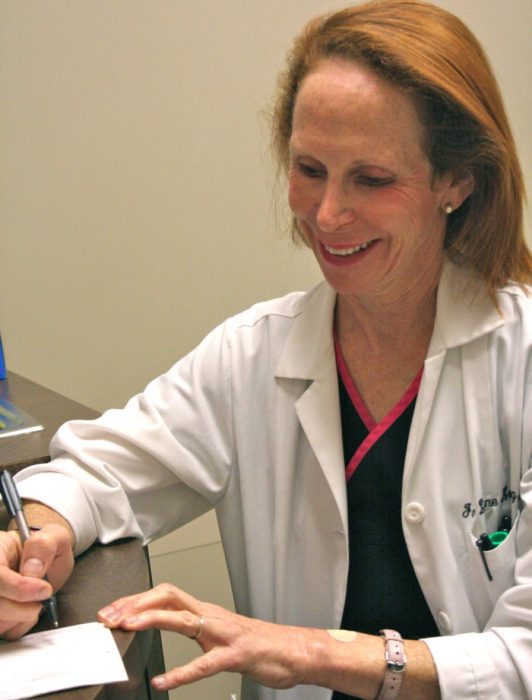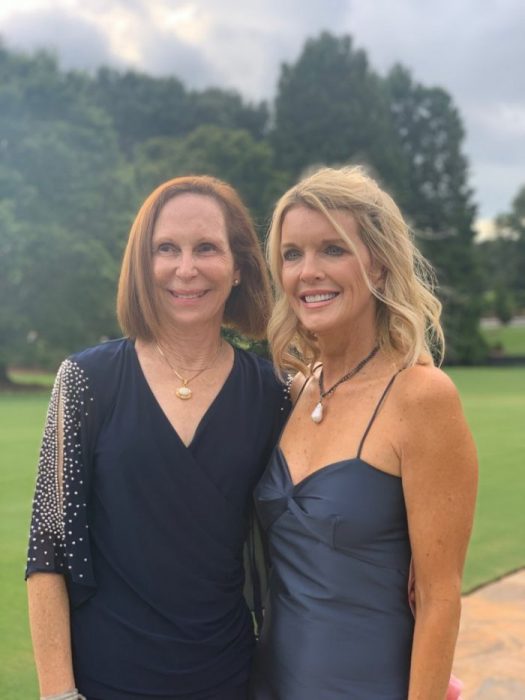Beauty FYI: How A Wrinkle Free Face Can Still Look Old
I recently attended a sculptura lunch & learn at Dr. Herzog’s office that was informative on several levels. The drug rep did an excellent job of explaining the science behind the aging face. For me, the most helpful and interesting thing that I learned was that although wrinkles ARE a factor in aging, some women (myself included), can look older with few or no wrinkles.
So for many of you who believe, like I once did, that eliminating wrinkles will add instant youth, there is more to it than that. Volume loss, one of the most aging factors on a face, can occur with or without wrinkles. As we age, many of us lose volume in the temple area, giving a narrow, bony appearance to the forehead. This change in facial structure adds years to one’s appearance.
Why is this important? Many women choose to do botox (which smooths lines) but do not address volume loss, especially in the temples. The result? A wrinkle-free forhead that looks tight but that is sandwiched between two sunken temples. The bottom line: fullness adds youthfulness.
I have learned that if I choose to do cosmetic procedures as I grow older, botox alone will not bring the optimal results. My face is extremely narrow and can benefit greatly from fillers that add volume in specific areas. Dr. Herzog pointed this out to me when she did a filler demonstration several months ago. My already thin face just grows thinner as I age, and filling the sunken areas with filler can do wonders to restore what has been lost over time.
Two other factors that lead toward an aging face are bone loss and fat pads. Bone loss in the facial area changes the facial contour, again, adding to volume loss that is aging. Fat pads, which are dispersed across the face in sections or segments, also contribute to aging. For example, the nasolabial fat pad stays intact for most people throughout their lifetime, while the area surrounding this fat pad loses volume. The result: nasolabial folds. The rep informed us that the lines often referred to as “smile lines” are not due to smiling at all. The lines are there because the nasolabial fat pad hangs on for dear life while the areas around it lose volume, leaving behind nasolabial folds.
Dr. Herzog did a demonstration of sculptra on one of her patients and allowed those of us attending the seminar to observe. Here is a short clip of Dr. Herzog explaining how she administers sculptura over a series of injections (more than one visit) so that she can carefully sculpt the face for an optimal end result:
http://www.youtube.com/watch?v=cY_7p_2P2Ro&feature=context-cha




